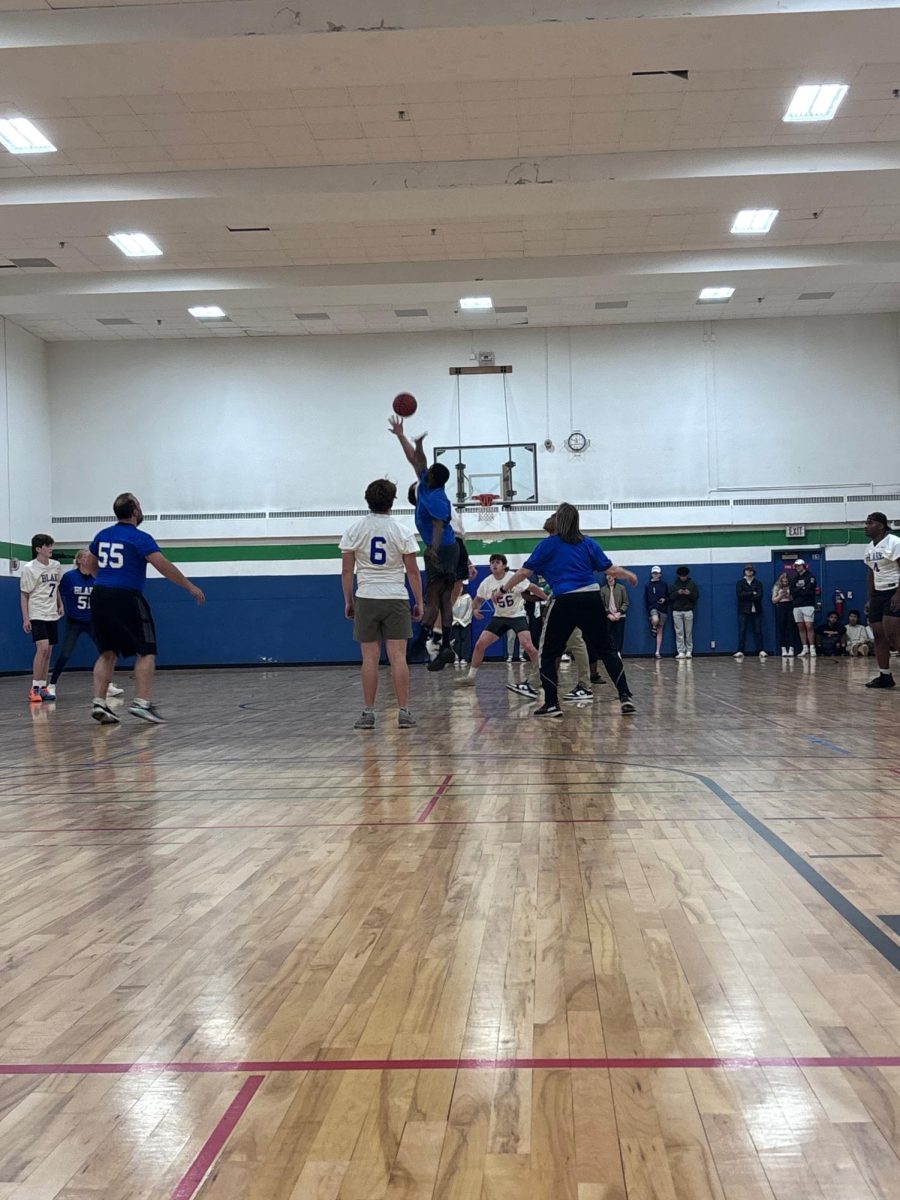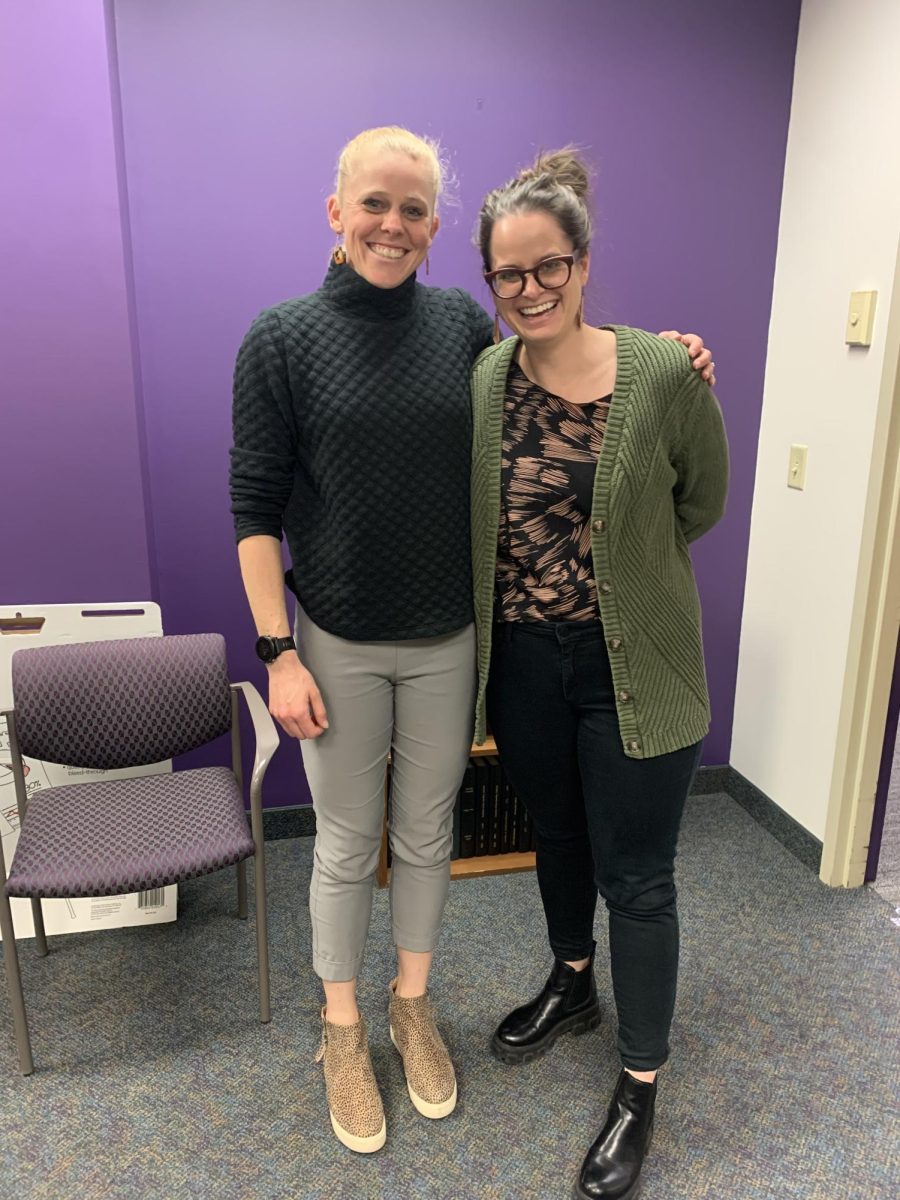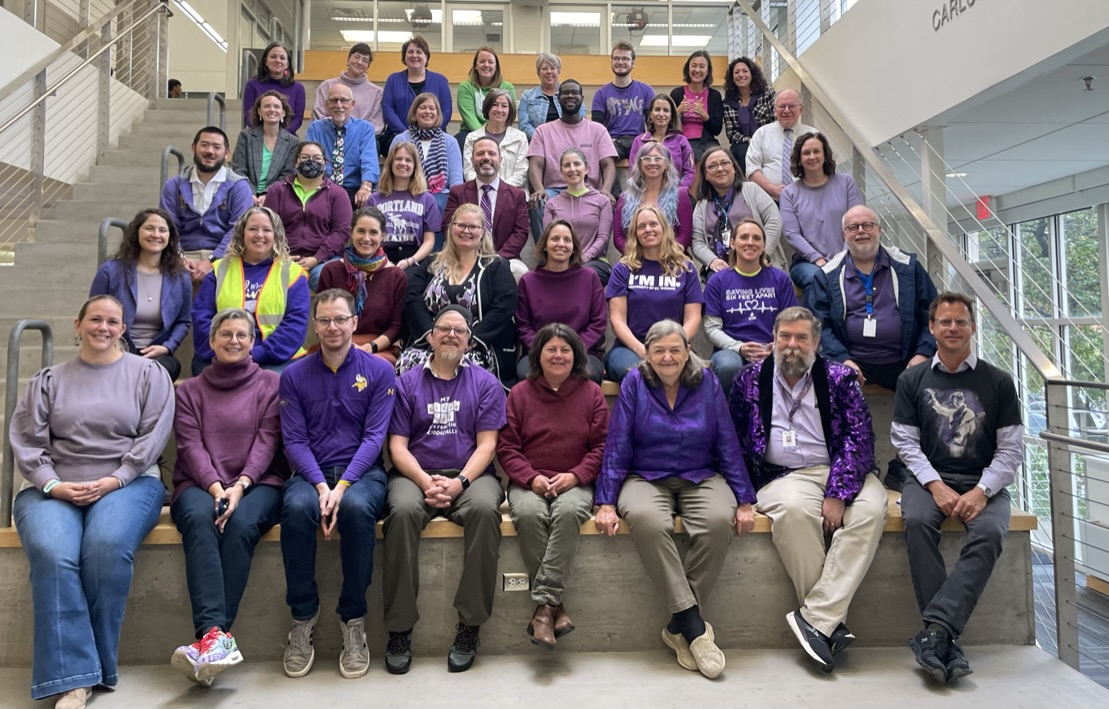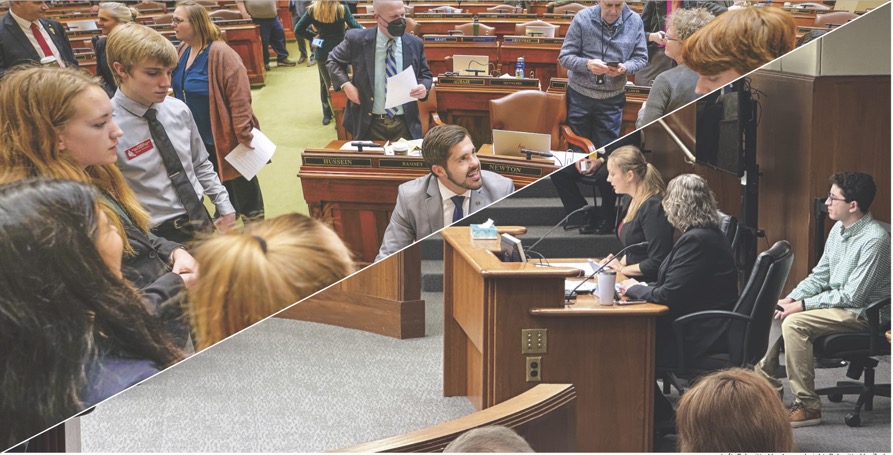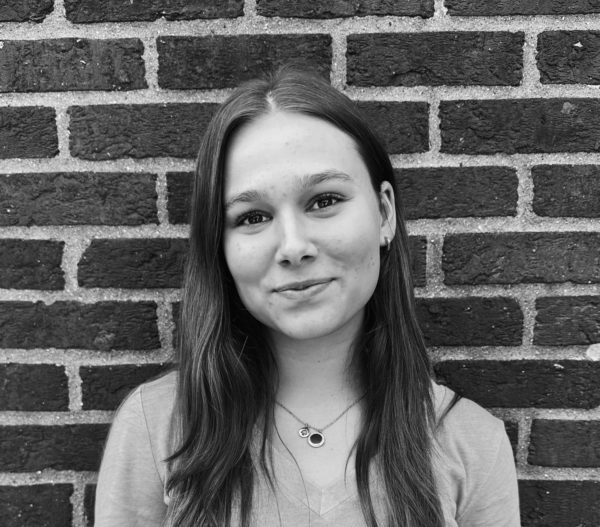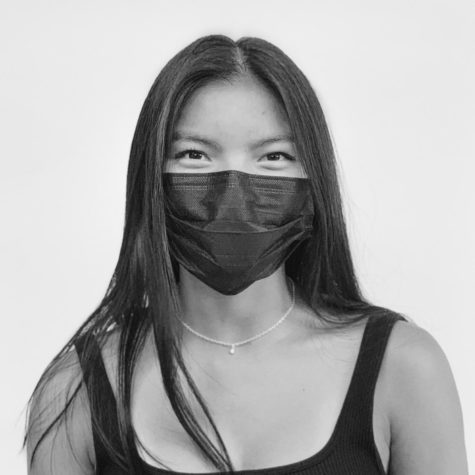United States COVID-19 cases continue to fall from their peak as each day millions receive vaccines. Yet the race continues to reach herd immunity to prevent a fourth wave, before we can expect any version of normalcy again. Seemingly there’s a light at the end of a very long tunnel, but what does it mean for us? Aside from the obvious challenge of vaccinating everyone and reaching herd immunity, all while fighting off a fourth wave the results so far seem promising and maybe sometime soon we can expect normalcy again – whatever way that looks. Until that day however, it is vital to remain vigilant in attempting to prevent the transmission of COVID-19. The vaccine may be effective for individuals; yet it is much more effective when most of the population is immune based on past COVID sickness or vaccination. Science teacher William Bohrnsen noted that, after his vaccine, he felt reassured going about daily life, “100% safer, absolutely without a doubt.”
While herd immunity must be reached before life can return to normal, recent CDC rules indicate that fully vaccinated people can visit with other fully vaccinated people inside without masks affecting sports, activities and social lives of adults and teens. Additionally 2 weeks following the second dose of the vaccine, the vaccinated person doesn’t need to quarantine for a full 2 weeks. Margaret Walker ‘22 states after getting the vaccine, “I’ve been able to see my grandparents again which is really great. We’ve gone out to more restaurants, and we went out for ice cream last week which was fun. I’ve been able to see more friends.”
Rules will continue to evolve as vaccines increase, such as a possible inclusion of 12-15 year olds eligible to receive the vaccine. Unfortunately case rates have begun to rise again, and schools remain zones of potential infection. Roughly 20% of the population are kids under 16, ineligible to receive the vaccine. Furthermore, NPR reports that 1 in 4 Americans still don’t want to get vaccinated threatening immunity, and variants continue to pop up throughout the world, leading to the possibility that these vaccines might one day simply not work. As Bohrnsen explains, “The problem with the current virus is that because viruses reproduce so quickly with the help of their cell hosts, their DNA mutates and changes, and if it changes enough it may be that the cell can no longer recognize it. So you have to give it new instructions to say alright here is another possibility of something your body might run into. For the most part your body can still recognize [the virus], but it just increases the likelihood of recognition if you get a booster.”
Despite the excitement and positive changes increased vaccinations bring, the pandemic continues. Therefore following CDC guidelines is essential for preventing further transmission of the disease and getting life back to normal as soon as possible.




